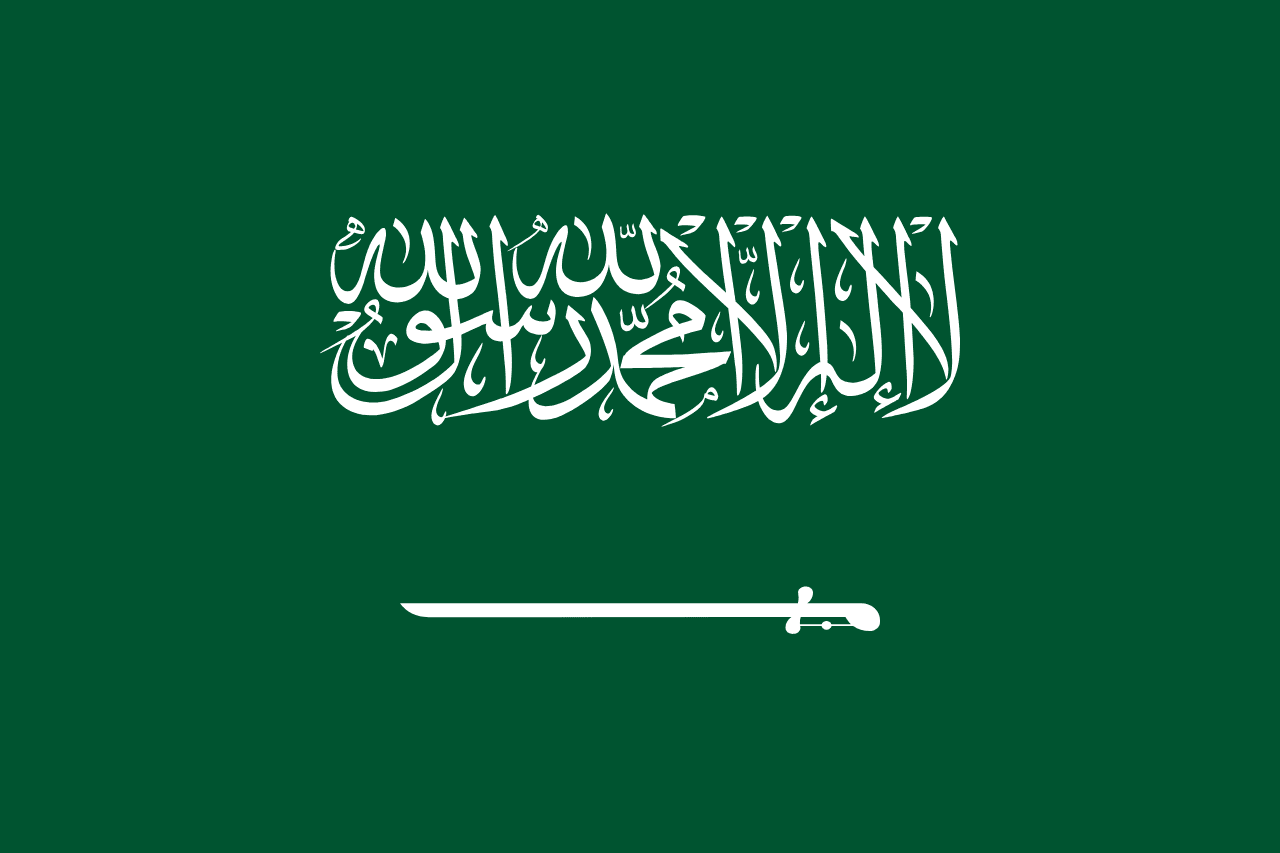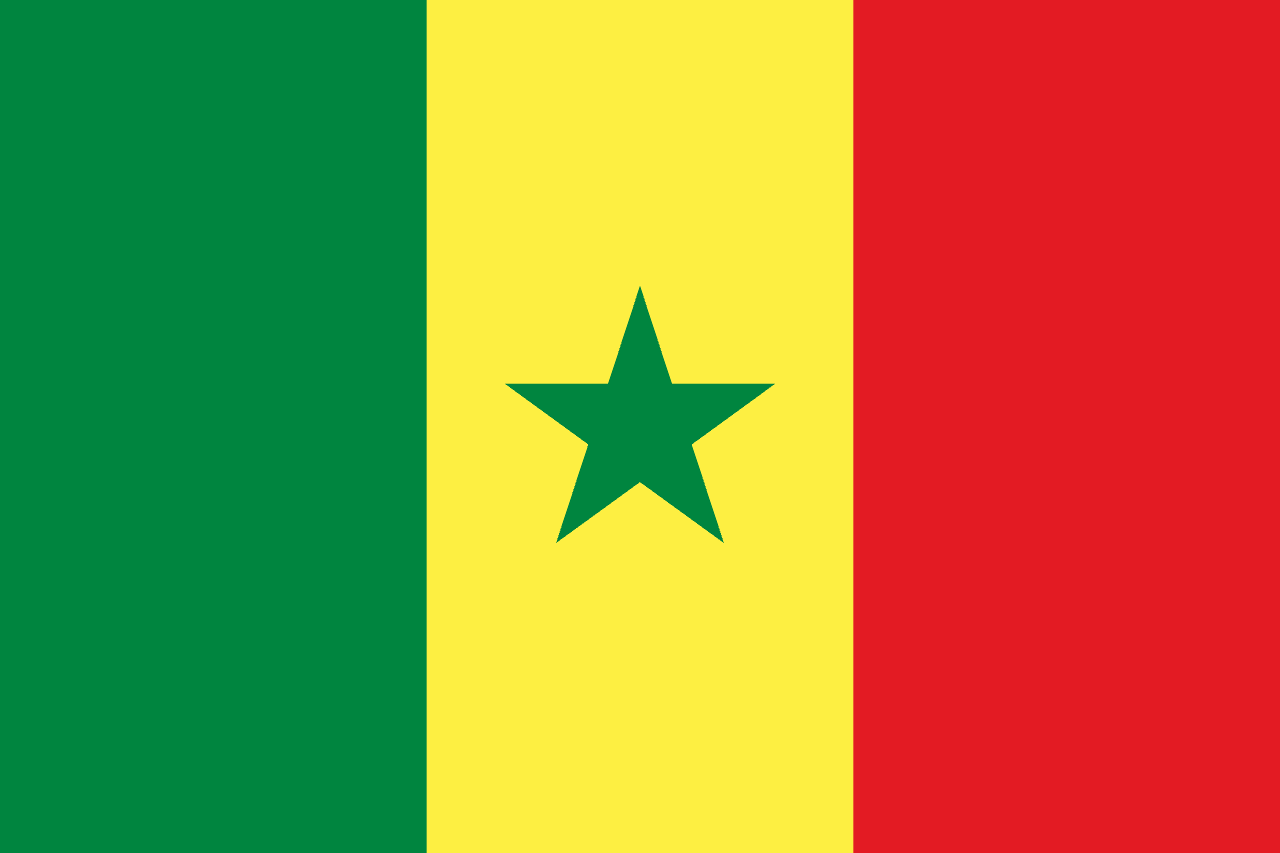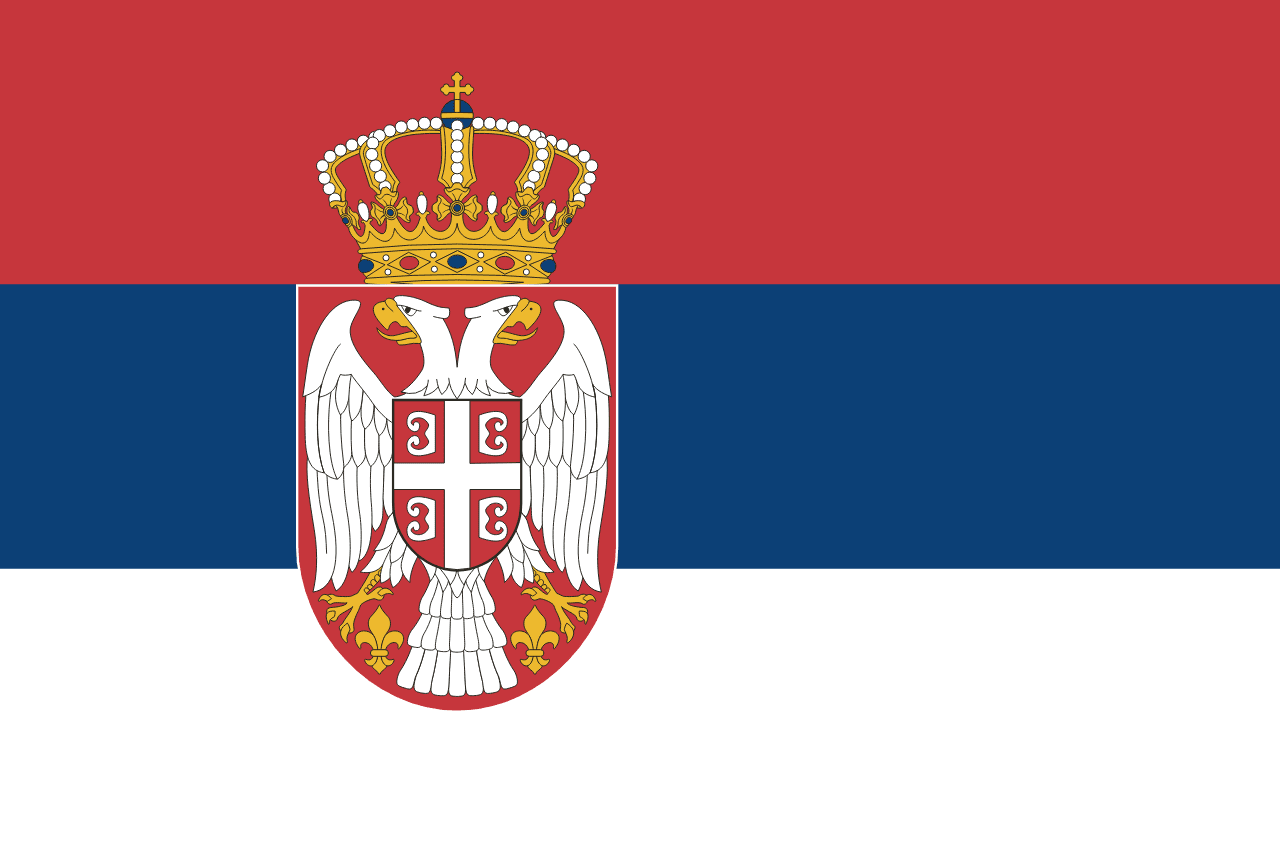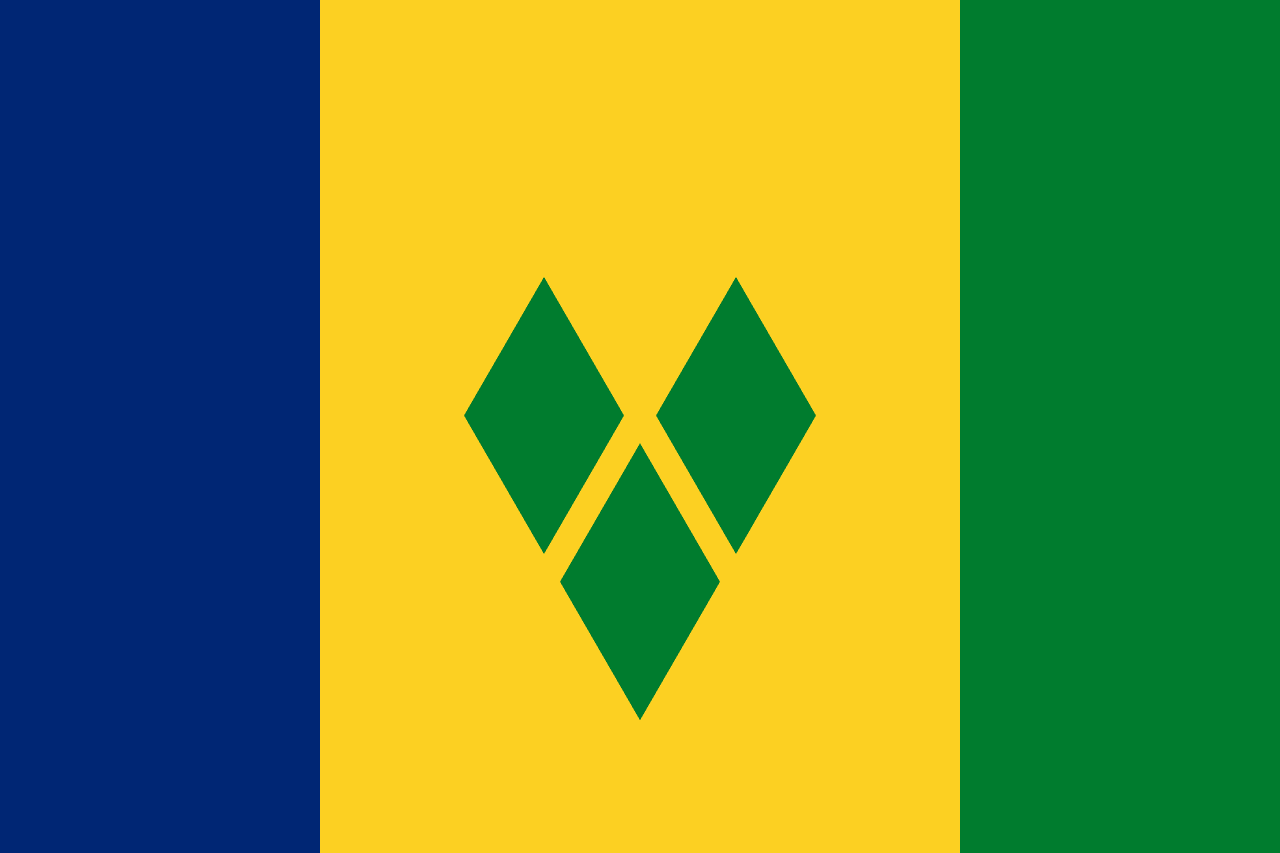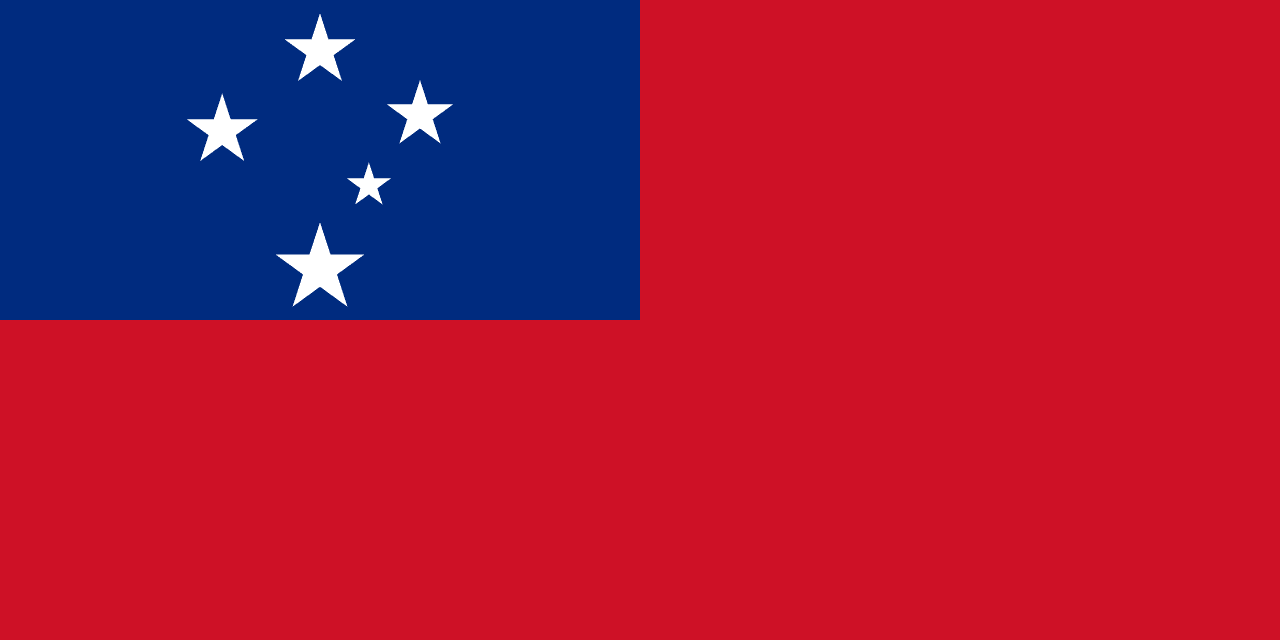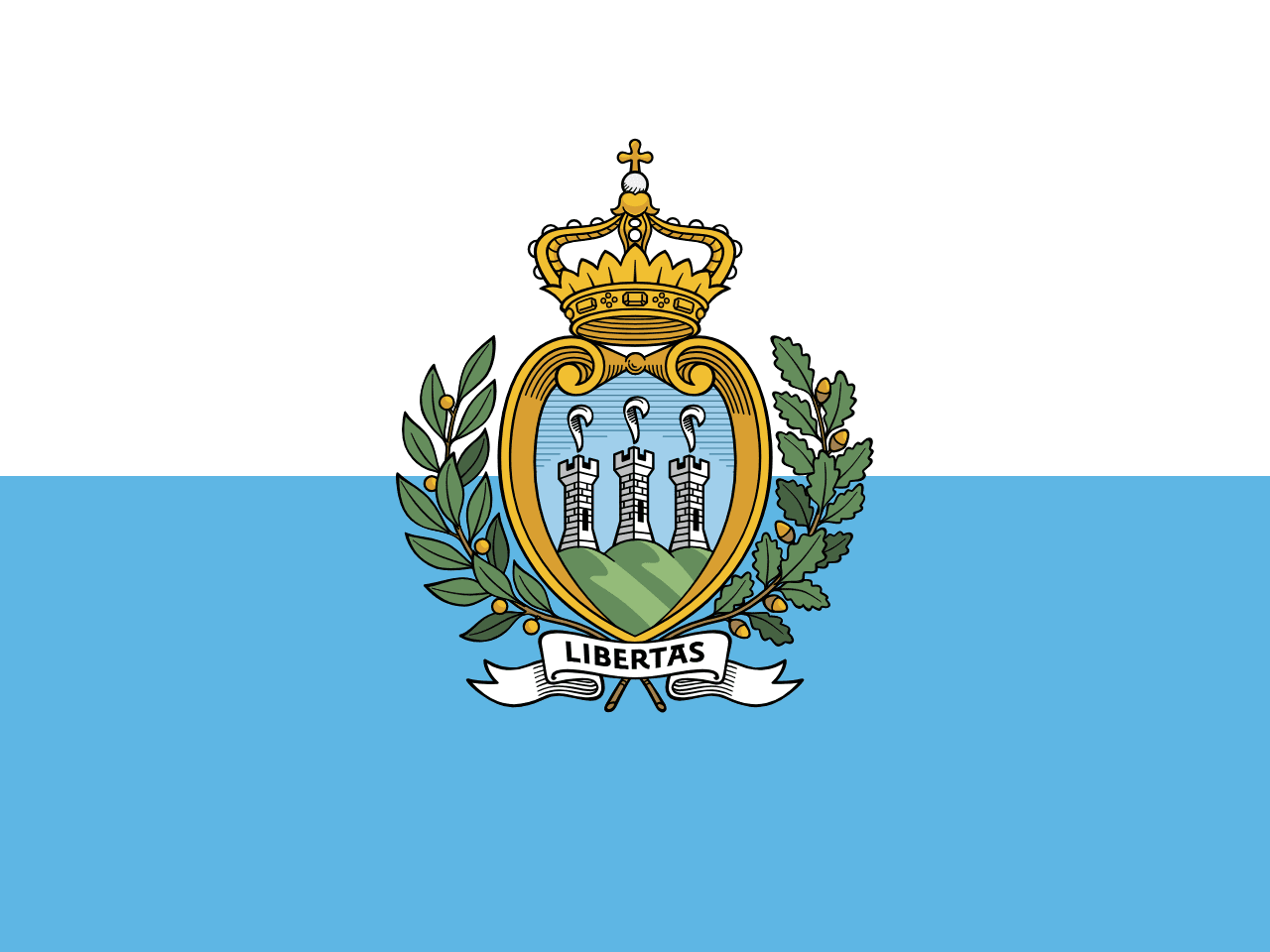The flag of Sao Tome and Principe consists of three horizontal stripes of green, yellow, and green, with a red triangle on the hoist side and two black stars in the yellow stripe. This vibrant design encapsulates the nation's natural beauty, economic aspirations, and struggle for independence.
Sao Tome and Principe information
| National Flag Day | July 12th |
| Sovereign state | Yes |
| Official name | Democratic Republic of Sao Tome and Principe |
| Capital | São Tomé |
| Population | 215,000 |
| Area | 964 km² |
| Currency | Sao Tome and Principe dobra (STN) |
| Language | Portuguese |
| Continent | Africa |
| Region | Central Africa |
| Subregion | — |
| Borders | — |
| Timezone | West Africa Time (WAT) UTC+0 |
| Calling code | +239 |
| Top-level domain | .st |
History of the Sao Tome and Principe flag
 The flag was officially adopted on November 5, 1975, coinciding with the country's independence from Portugal. Its design was carefully crafted to represent the newly independent nation's identity, resources, and aspirations. The flag replaced the Portuguese colonial ensign, marking the beginning of a new era for the island nation.
The flag was officially adopted on November 5, 1975, coinciding with the country's independence from Portugal. Its design was carefully crafted to represent the newly independent nation's identity, resources, and aspirations. The flag replaced the Portuguese colonial ensign, marking the beginning of a new era for the island nation.
Symbolism and design of the Sao Tome and Principe flag
Each element of the flag carries deep symbolic meaning:
- The green stripes symbolize the lush tropical vegetation and fertile land of the islands, highlighting their agricultural potential and natural beauty.
- The yellow stripe represents cocoa, a key economic resource and symbol of Sao Tome and Principe's agricultural heritage. Cocoa has been a major export since the 19th century and continues to play a crucial role in the country's economy.
- The red triangle symbolizes the struggle for independence and the sacrifices made by the people in their quest for freedom from colonial rule.
- The two black stars in the yellow stripe represent the two main islands of the archipelago: Sao Tome and Principe. They also symbolize unity and hope for the future.
The combination of these elements creates a flag that is both visually striking and rich in cultural and historical significance, reflecting Sao Tome and Principe's unique identity as an African island nation.
Usage and significance of the Sao Tome and Principe flag
 The flag serves as a powerful symbol of national identity and pride for the people of Sao Tome and Principe. It is prominently displayed on government buildings, schools, and during national celebrations such as Independence Day on July 12th. The flag also represents the country in international forums, sporting events, and cultural exchanges, serving as a visual ambassador for the nation's rich heritage and aspirations.
The flag serves as a powerful symbol of national identity and pride for the people of Sao Tome and Principe. It is prominently displayed on government buildings, schools, and during national celebrations such as Independence Day on July 12th. The flag also represents the country in international forums, sporting events, and cultural exchanges, serving as a visual ambassador for the nation's rich heritage and aspirations.
Interesting facts about Sao Tome and Principe
- Sao Tome and Principe is Africa's second-smallest country by area, consisting of two main islands and several islets.
- The country was uninhabited until its discovery by Portuguese explorers in the 15th century, giving it a unique blend of African and Portuguese cultural influences.
- Sao Tome and Principe is known for its commitment to environmental conservation, with a significant portion of its land designated as national parks and protected areas.
- The flag's design was influenced by the pan-African colors (red, yellow, and green) used by many African nations to symbolize unity and shared struggles against colonialism.
- Despite its small size, Sao Tome and Principe has gained recognition for its efforts in sustainable development and ecotourism, which are reflected in the green stripes of its flag.
